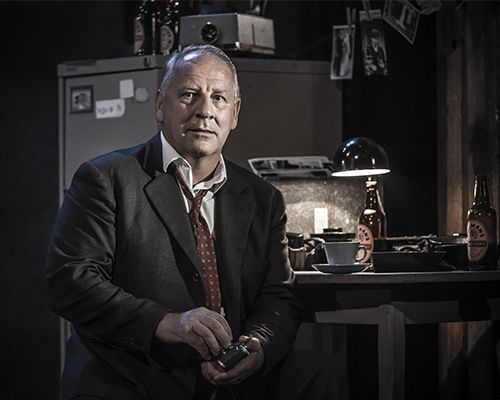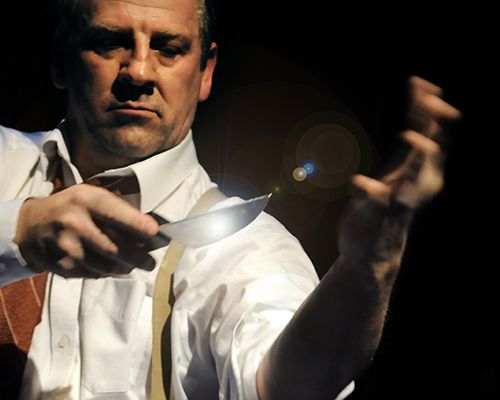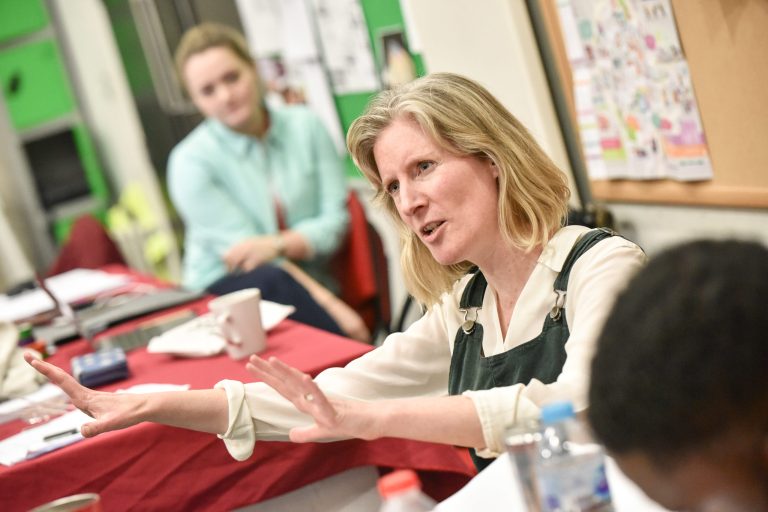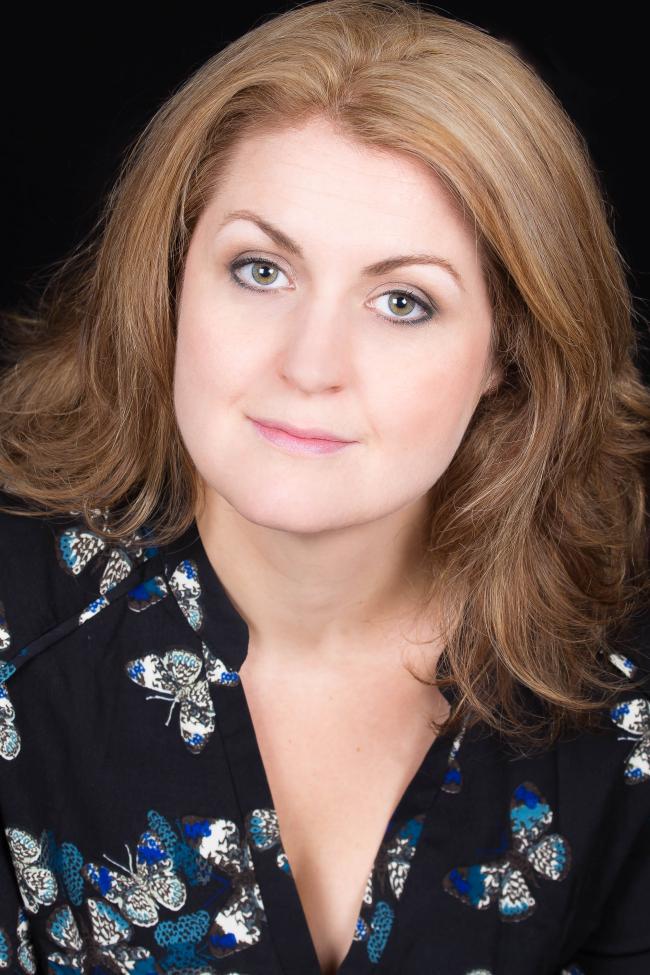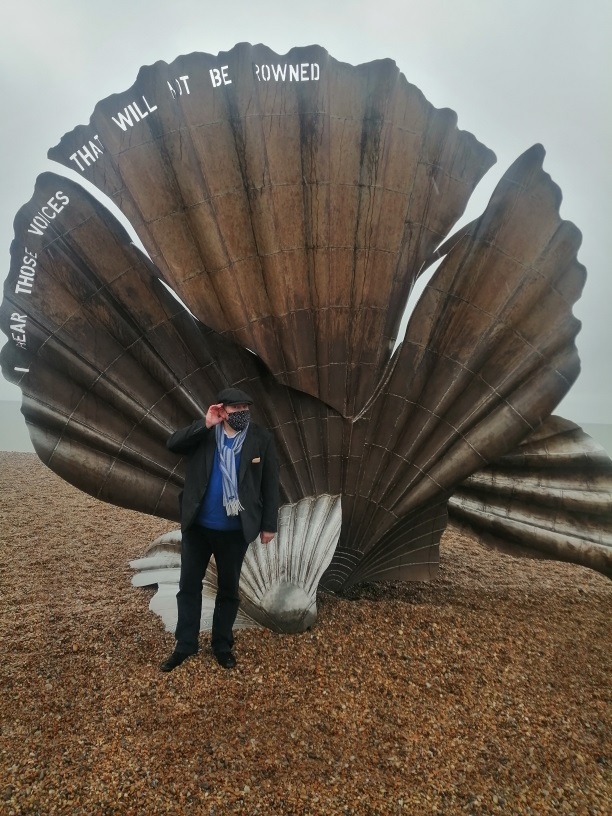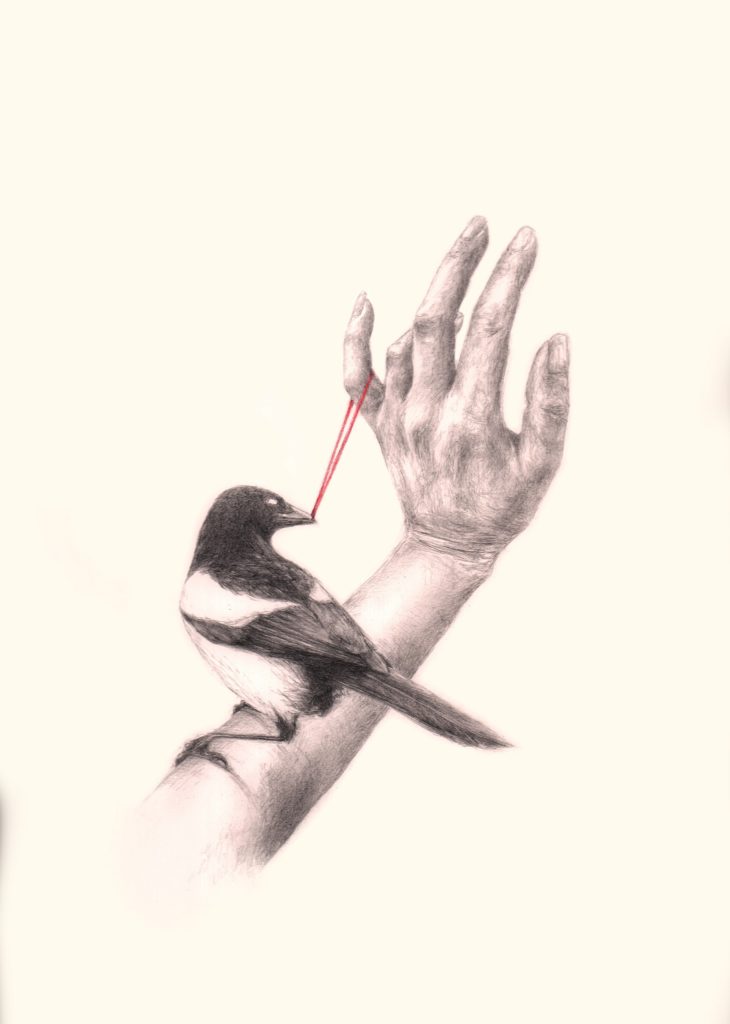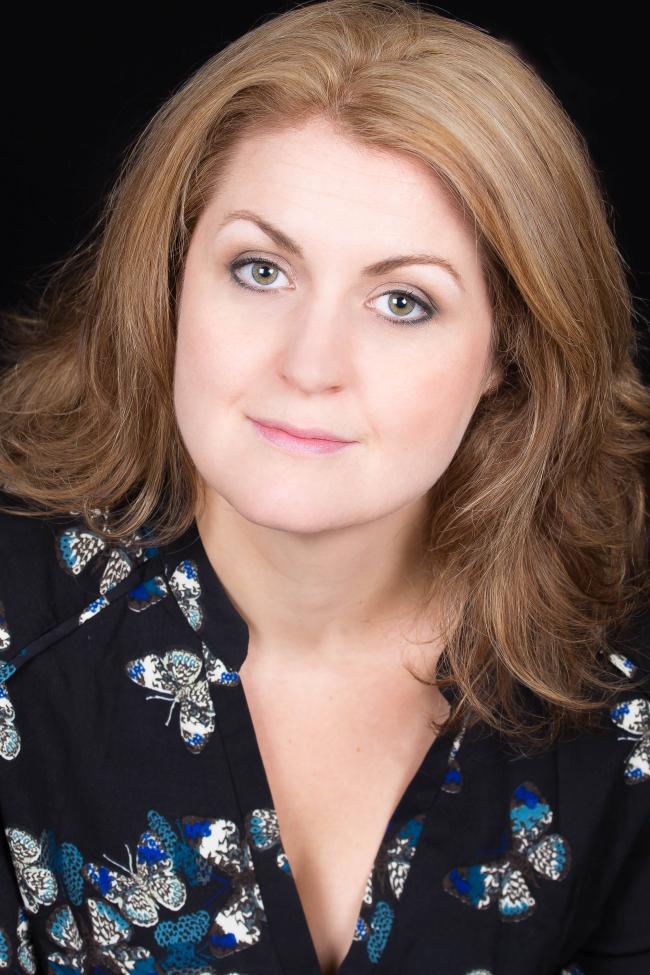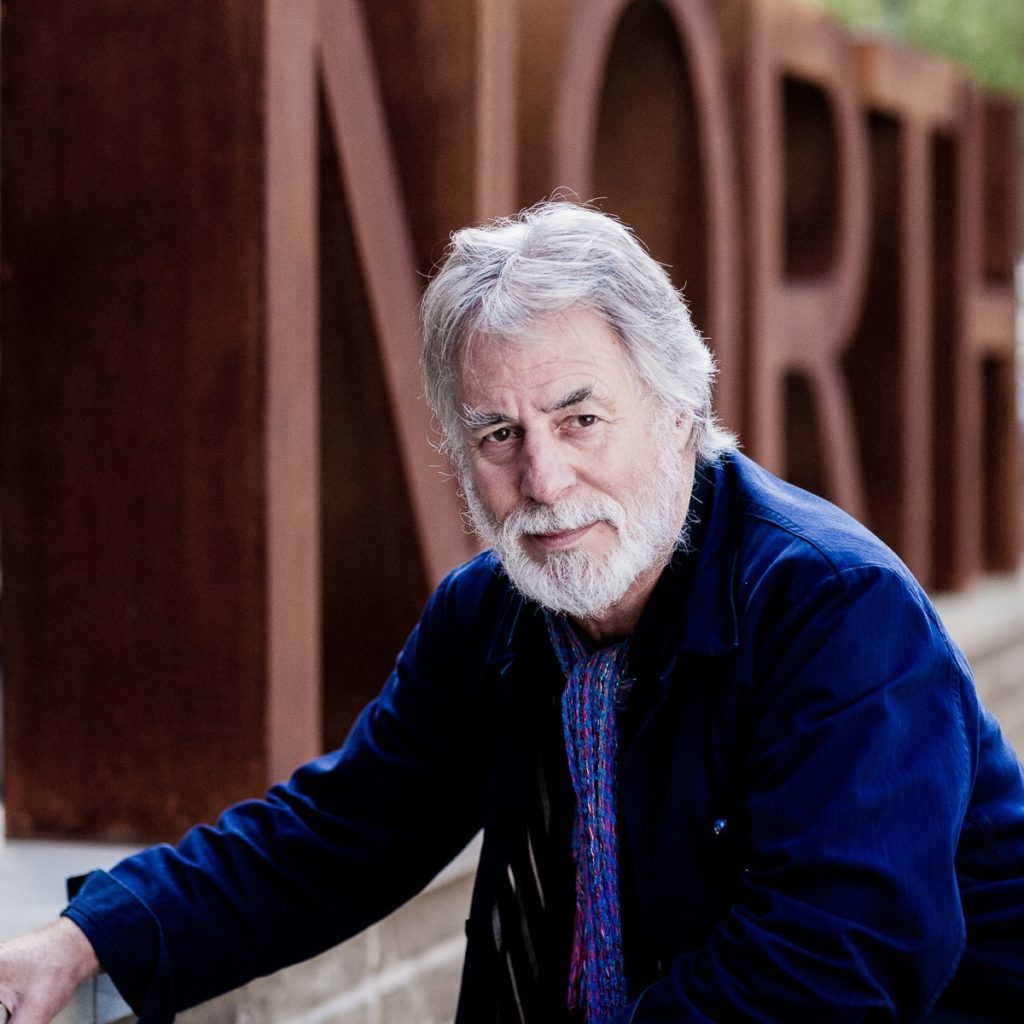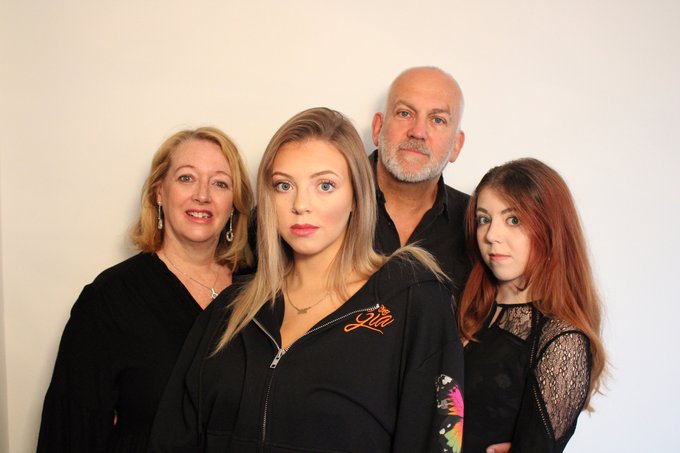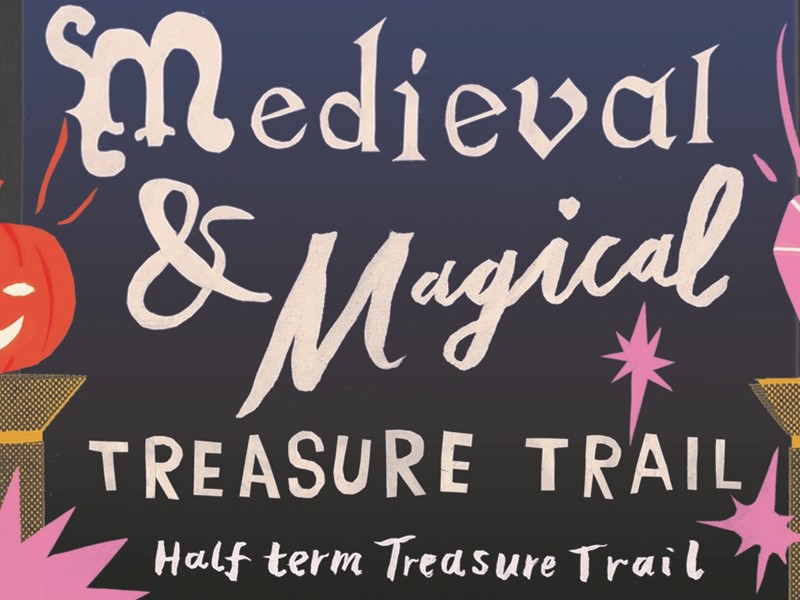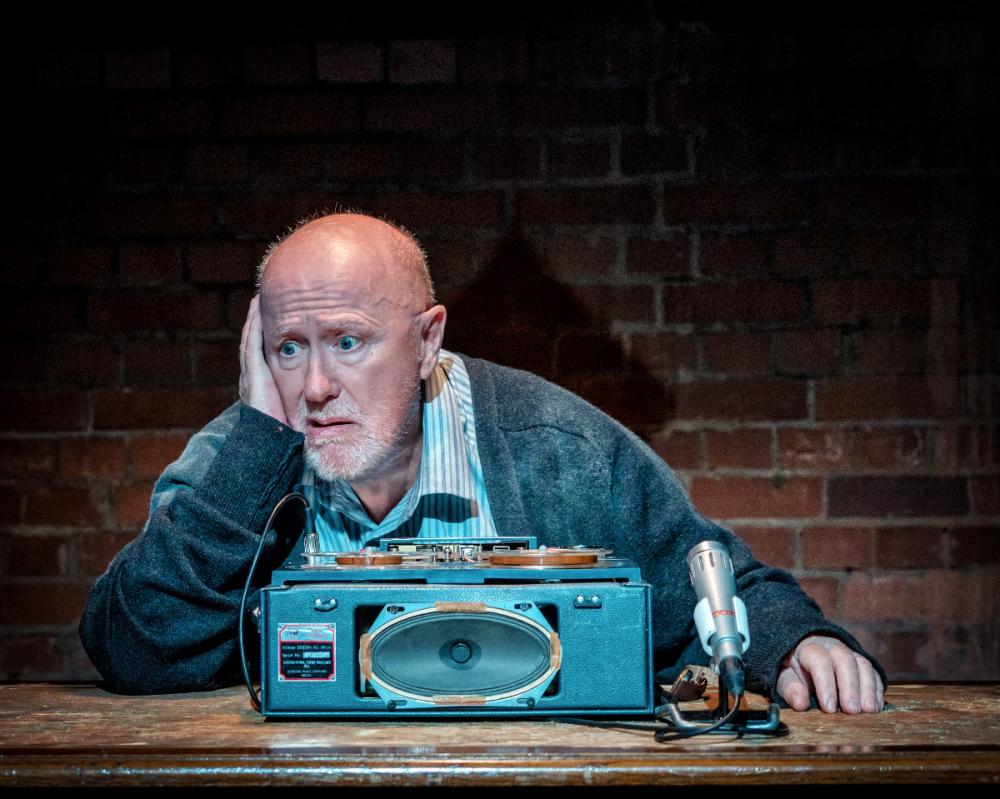
TODAY is the start of York Design Week, a festival for change that will seek to design a positive future for the city under five themes: Play, Re-Wild, Make Space, Trust and Share.
In Covid-19 2020, the festival will feature in-person events with social-distancing measures in place, complemented by a wide range of online workshops, exhibition seminars and talks.
Look out for workshops bringing together homeless people and architects to work on solutions for housing; sessions on innovation and rule-breaking; an exhibition inspired by a York printing firm; discussions on community art and planning and city trails designed by individual York citizens.
Go to yorkdesignweek.com for the full programme, plus information on social distancing and events that will be accessible online.
Supported by the Guild of Media Arts, York Design Week is also teaming up with organisations such as SEED, Yorkshire Wildlife Trust and Wild Streets to educate, inspire and demonstrate the creative ways to reduce carbon emissions and increase biodiversity.
York Design Week co-founder Rich Corrigan, from the Dogeatcog Agency, says: “We’ve worked hard to ensure all our events are as inclusive and immersive as possible, as York Design Week is an opportunity for people of York to really make their mark, actively shaping the city into a place we want to spend our time.”
Fellow co-founder Rebecca Carr, owner of the Kaizen Arts Agency, says: “We believe that to enable good change we need to create a population of activists, people who make space to do what they love, for the right reasons.
“We want to see York’s citizens take control of their local environment and communities to help shape the city they want to live in. York Design Week is one of those opportunities for people to start making their mark.”
The Covid-19 pandemic has had an impact on myriad festivals, in particular leading to the recourse to mounting many events online, but Rebecca looks on the bright side. “It’s been good in one way because it’s made us think bigger and further out, and hopefully the consequence will be that it will draw people to York for next year’s York Design Week,” she says.
“Both universities in York have been really supportive in putting together this year’s event and the York Festival of Ideas has been very helpful too.”
York Design Week has received £1,000 from the Guild of Media Arts and a Citizens Cultural Fund campaign on GoFundMe has raised a similar sum, but essentially this is a volunteer-run festival of free events.
“Coronavirus shut down funding applications and then when they did open again, we didn’t have enough time to write a good enough application in time for this year’s event,” says Rebecca.
“We decided we would just crack on and do it…and we’re grateful for the backing that we have received.
“In the absence of major funding, we’re relying on word of mouth, communities and people caring about what happens to York in future to spread the word about the week ahead.”
Summing up why York Design Week is an important contributor to the York culture and community diary, Rebecca says: “We’re trying to bring about more participatory decision-making in the arts and city life because we really care.
“All the team involved in running York Design Week really want to invest in York and Design Week shows that.”
Delighted to back York Design Week, Olivia Chatten, Master of the Guild of Media Arts, says: “It’s a major opportunity to show how creativity in design and active participation can make York a better place to work, live and play.”
Heading to the yorkdesignweek.com website, the first words that greet you are: “Be an activist”. What a positive start to the week ahead.
“It’s all about taking away as many barriers as possible, opening up York Design Week to families and young people, who might not usually engage in such events,” says Rebecca. “We want to empower the next generation to shape their city.”
Let the York Design Week team have the collective last word: “Our aim is to create a city of activists who engage day to day in making stuff better, in small ways and big ways. We all have the power to shape positive change.
“We hope together we can move towards a shared vision of a happier, more sustainable, fairer and more creative future for our city.
“So, if we know where we want to go, how do we want to get there? Join us for some events where we explore different ways and means of creating a city fit for future generations.”



